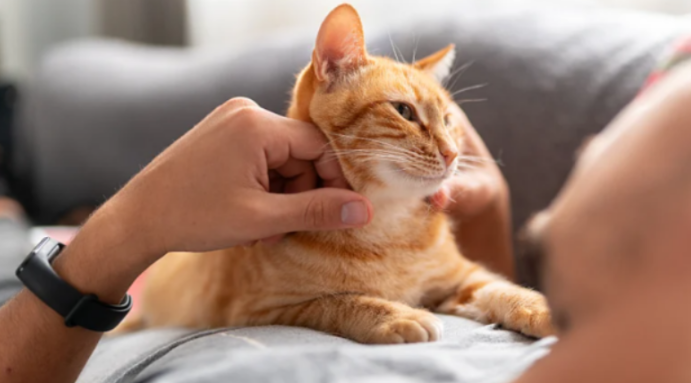After Almost 60 Years, the Genetic Basis for Ginger Cats is Uncovered
Nearly six decades of scientific inquiry have led to the identification of the gene responsible for the distinctive orange or ‘blonde’ coat of domestic cats. Recent findings from two independent research teams reveal that the vibrant fur seen in these beloved pets arises from a missing segment of DNA in a non-coding region of their genome.
As Stanford University geneticist Greg Barsh explained to Science, it represents a ‘genetic mystery, an enigma.’
The research revealed that skin cells from orange-furred cats generate 13 times more RNA from a gene known as Arhgap36 compared to those from cats of other colors.
The scientists initially anticipated identifying a mutation in the coding section of the Arhgap36 gene. However, they were taken aback to find that the relevant genes contained a deletion that predates this mutation. This small deletion, approximately 5 kilograms in size, was consistently present in every orange cat studied, including an analysis involving a database of 188 cats, of which 145 were orange.
While this finding was somewhat expected, it aligns with long-standing predictions that the genes influencing orange coloration are situated on the X chromosome, providing insight into the color disparities between male and female cats. Most ginger cats are male, while females exhibiting orange fur often display a mix of other colors like black and white.
Why Are Orange Cats Primarily Male?
The reason more orange cats are male lies in the association with the X chromosome. Males, possessing only one X chromosome, are more likely to be orange. Conversely, females have two X chromosomes, which results in a broader range of color possibilities, as they can inherit two different mutation versions.
Kittens and Their Coat Colors:
When humans and cats began their companionship nearly 10,000 years ago, it was intriguing to discover that a black cat and an orange cat could produce kittens with unexpected colors. Male offspring from this pairing predominantly display either orange or black fur as expected. Female kittens, however, can exhibit a mixture of black, orange, and white, or even have orange splashes within a predominantly black coat.
These findings reinforce the understanding that the mutation leading to orange fur is linked to the X chromosome. This relationship helps clarify the observable differences in color patterns between the sexes. Males, with a single X chromosome, can express only one version of this mutation, while females, possessing two X chromosomes, can showcase a wider array of color variations.




